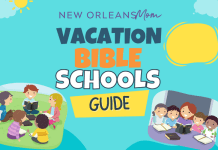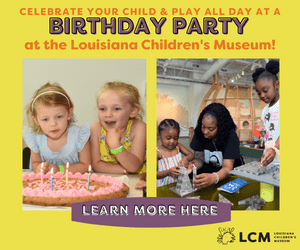Last night, my daughter needed help with her math homework. In typical millennial parent fashion, my husband took one look at the worksheet and had no idea how to help her with the new-fangled math. He could tell her how to solve the problem, easily, but he had never heard of the strategy she needed to use to solve the problem. Since the worksheet was nothing more than a bunch of math problems, he asked to see her textbook so that he could look at the sample problems and figure it out enough to help her.
But she doesn’t have a textbook.
Nor does she have access to any kind of online curriculum resource that would allow us to help her with the assignment. Instead, my husband had to turn to Google and YouTube to figure out what “number bonding” was, but he still wasn’t sure how to show her how to use it to solve fraction subtraction problems. It seems our only option for being involved parents is either to trust that our child understands the concept enough to explain it to us or to conduct informal research and watch instructional videos in order to help her. All we needed was to be able to look at one or two sample problems in a textbook or workbook to be able to understand what was expected of her, but instead, it turned into 30 minutes research project without any clear solution.
And the problem isn’t just with homework help.
I’m an English teacher, and I miss having textbooks for so many reasons. Let’s start with the fact that despite a push in the past several years to make education more diverse and inclusive, I find that the materials I’m supposed to teach my students are significantly less diverse than the materials I was exposed to in those trusty textbooks we all grew up with. I spend most of the year teaching two painfully long extended texts with very few shorter, more accessible texts mixed in. My students are not exposed to a wide range of voices or text types, but I became an English teacher because those heavy textbooks introduced me to the depth and breadth of great literature. In high school I read poems by Sylvia Plath, Robert Frost, and Maya Angelou; I studied short stories by Edgar Allen Poe, Kate Chopin, and James Baldwin; I reflected on essays by Amy Tan, Jonathan Swift, and Zora Neal Hurston. All of these amazing writers and their works were available in my textbook, accompanied by pictures, vocabulary, guiding questions, and writing prompts.

Unfortunately, we no longer use the textbooks to teach, and while I can and do supplement my instruction with pieces I love, it is hard to squeeze them in or to justify something that doesn’t align with the units I’m supposed to teach. I might be able to defend adding in a few Harlem Renaissance poems, but it might be a little bit harder to rationalize Ray Bradbury’s “The Veldt,” even though I’m certain my students would love it. And even when I do incorporate extra materials, they don’t usually come with all of the additional resources and instructional guidance that was incorporated into the textbooks. If I want those resources to be available to my students, I often have to find or create them myself, and while I love doing those things, I don’t always have the time to search for or create them or the money to buy something on Teachers Pay Teachers.
To be clear, I am not one of those “in-my-day” teachers. I think that education must constantly adapt to fit the needs of the generation being taught, but somewhere along the way, I think we lost sight of the basics.
I’m not really sure how I’m supposed to ask my students to be able to identify and trace the theme in a novel if they haven’t had practice finding the theme in short stories. And honestly, spending weeks (months) reading a novel that doesn’t interest a student, is a sure-fire way to lose his engagement, but reading many shorter texts gives that student multiple opportunities to connect with something that does interest them. In fact, I’m not really sure how students are supposed to be critical thinkers if they aren’t reading literature that represents diverse voices, something that textbooks always provided in pre-packaged form. And I’m not sure why we think high schoolers, whose primary form of communication is un-punctuated text messages and emojis, don’t need grammar and vocabulary instruction. Those old Language textbooks that accompanied the Literature textbooks would probably do a lot more to bring up ACT English scores than free online ACT practice questions. Reading short stories and essays would help with the ACT Reading scores as well.
I know that one of the biggest challenges with textbooks was always that they were already outdated by the time they were printed and that they were difficult and expensive to update. And then of course there were all those studies in the 90s and 2000s about the impact heavy bookbags, ladened with big textbooks, were having on kids’ posture. But thanks to the pandemic (never thought I’d say that), most public school children now have school-issued electronic devices in the form of laptops or tablets. Digital textbooks can provide the access and variety of a traditional textbook without the weight or expense, and they often include many options that traditional textbooks could not, like digital annotations and links to online videos and resources.
Helping my own child with her homework would be a lot easy if I had easy access to the same resources that she is learning from, but I’m not going to fault her teachers for failing to provide those, or additional resources, to me. I know all too well that sometimes teachers have to work with what we are given, and we don’t always have the time to go the extra mile (even though we want to), but it would be great if parents and teachers weren’t constantly having to piece together all the things that used be readily available in a single course textbook.















